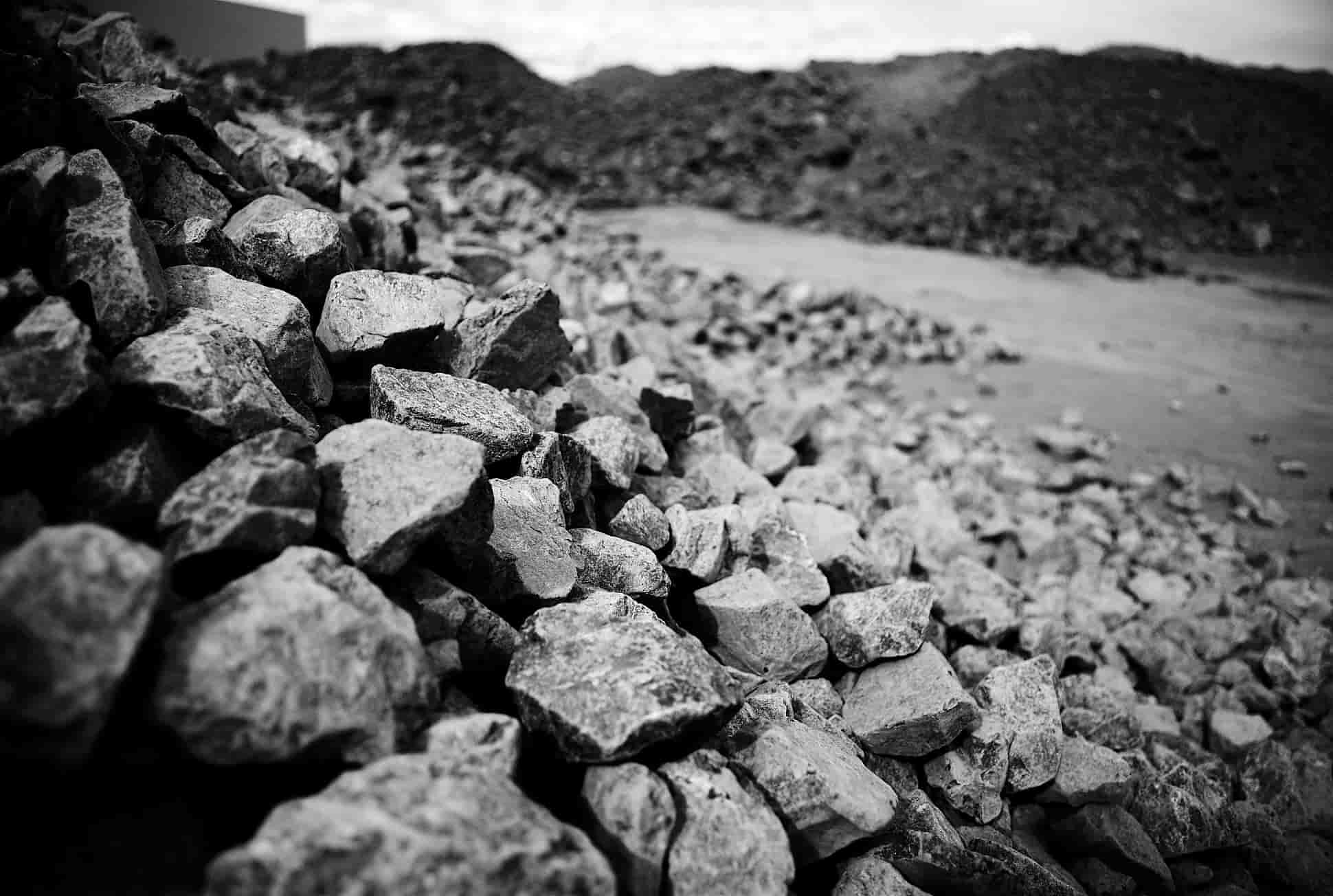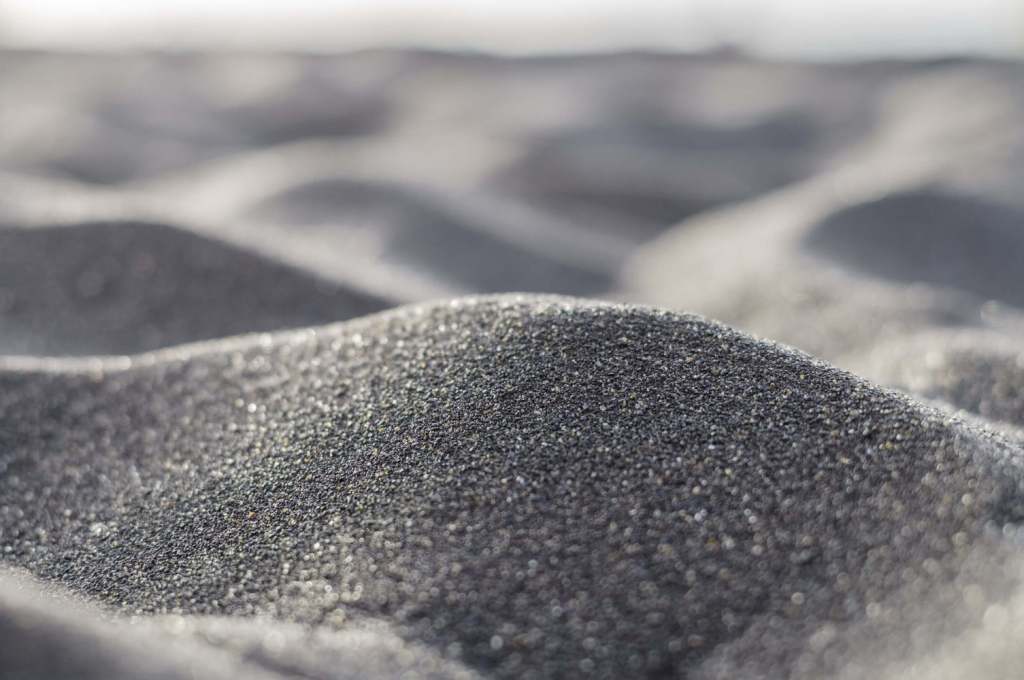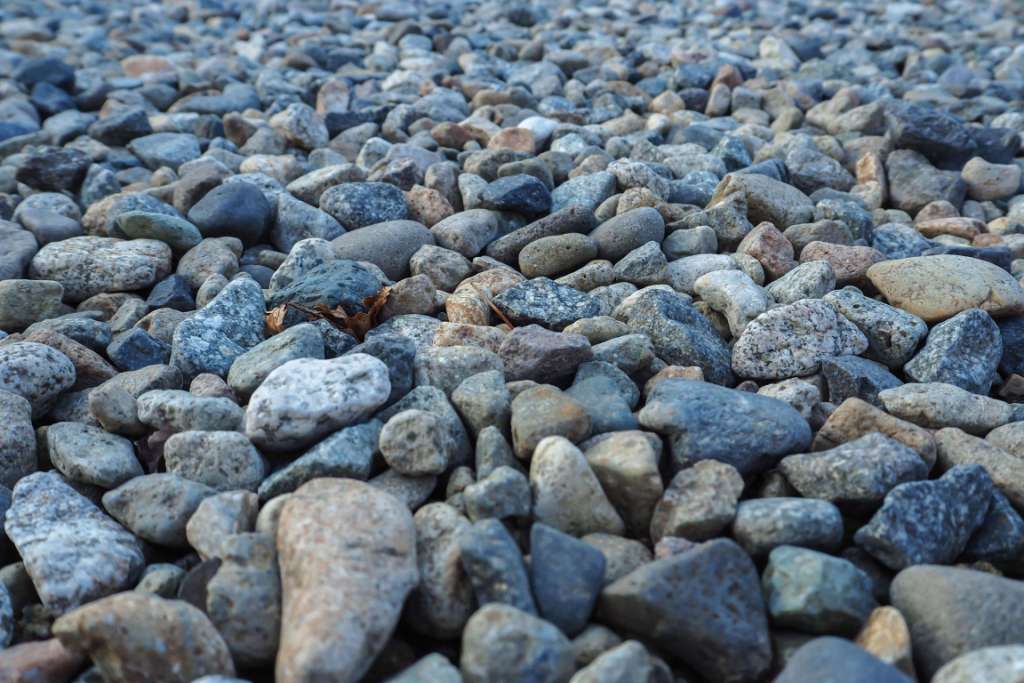
The basic classification of aggregates according to the nature of formation is natural and artificial aggregates which plays the key role in concrete mix design. Natural aggregates are most commonly used in the construction industry till now. But due to industrialization, various by-products are nowadays used as aggregates, which are called artificial aggregates.
Aggregates play the major role to make the main matrix of the concrete. It is a collective term for sand, gravel and crushed stone. It is used with a binding medium such as cement, lime, etc. to form a solid mass of concrete.

According to the size, the classification of aggregates is fine aggregates and coarse aggregates. According to the shape, classification of aggregate are rounded shaped, irregular or partly rounded shaped, angular shaped, flaky shaped aggregate.
Also Read:
Size Wise Classification of Aggregates
Shape Wise Classification of Aggregates
Here we discuss the classification of aggregates according to the nature of formation.
Classification of Aggregates:
Basically, aggregates can be classified as either natural or artificial aggregates, both of described here.
01. Natural Aggregates:
Aggregates are abundantly available from the natural sources. Natural aggregates are further divided into two categories as below.
(a) Sand and Gravel:
The source of sand and gravel are river beds, stream deposits etc. The aggregates are the results of the weathering of bedrock and subsequent transportation and deposition of the material by water or ice. But nowadays the availability of natural sand is becoming scare in a certain region of the world. Somewhere due to soil erosion, the sand contains a large amount of silt and clay, making it almost unusable. Construction industry needs to solve this challenge by finding suitable alternatives.


(b) Crushed Aggregates:
Crushed aggregates are the most basic mineral in construction produced from the quarries. It is widely available and inexpensive. Crushed aggregates consist of rock fragments which have been subjected to mechanical processing such as crushing, washing and sizing. They are mainly derived from the parent bed rock material such as igneous rocks, sedimentary rocks and metamorphic rocks.

02. Artificial Aggregates:
Artificial aggregates are eco-friendly materials. They are made out of various by-products such as fly ash, power plant solid waste, rice husk ash, blast furnace slag, granite powder, iron oreslag, over burnt brickbats etc. As such these materials are considered as pollutants of the environment.
In the present scenario, the challenges before the world are to have innovative materials in the construction industry. On the other hand, there is a huge demand for natural aggregates, on one hand, there is a problem of disposal of such by-products. By using artificial aggregates, we solve the problem of this disposal and at the same time save natural resources. It also creates a problem of depleting natural resources. By using these industrial by-products, we can reduce environmental pollution, dwindling natural resources and thereby giving way to sustainable development of aggregate industries.
Must Read:
What are the Sources of Natural Aggregates?
7 Lab Tests the Aggregate should satisfy for Use in Concrete?
































